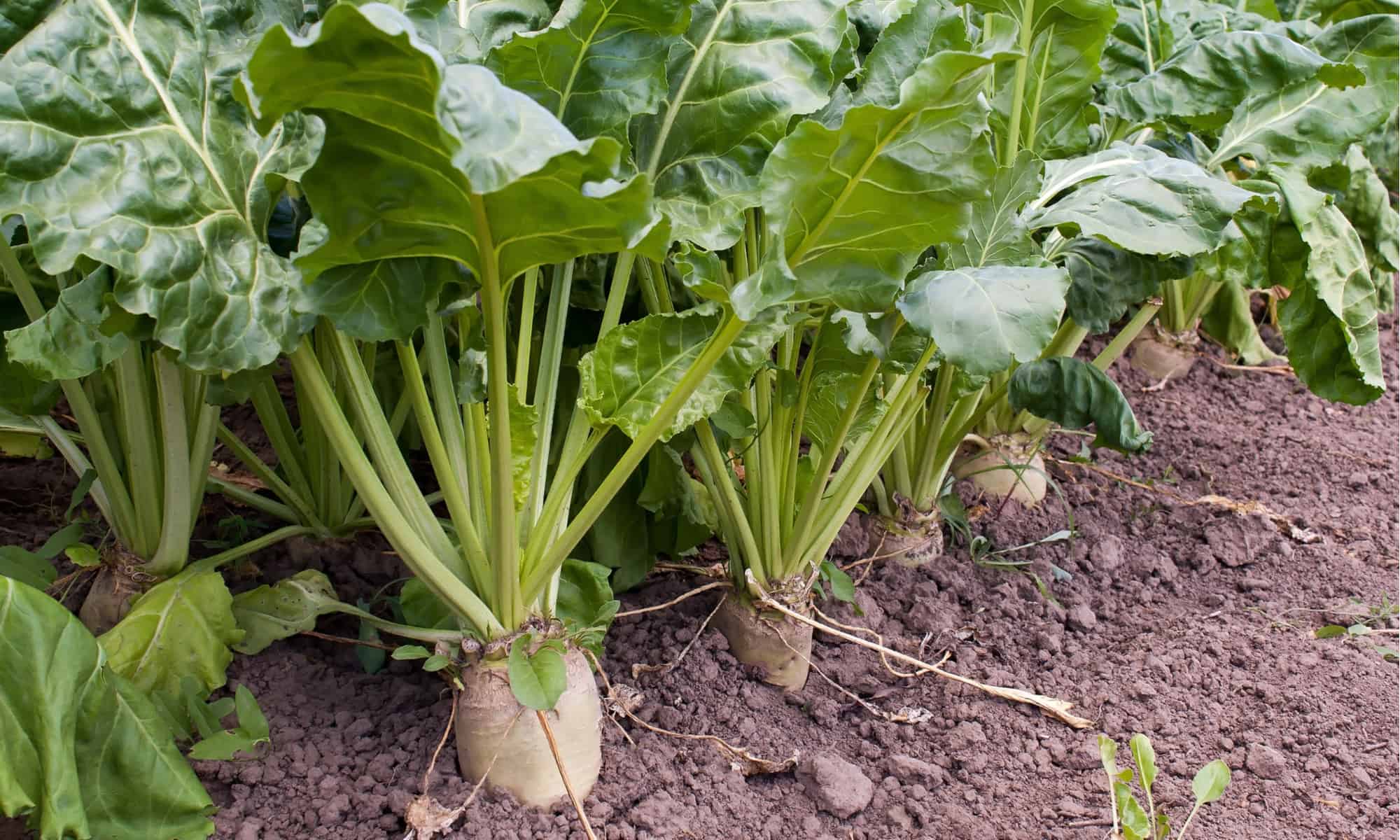The debate on beet sugar vs cane sugar often is about refining techniques and nutritional content.
Discover the Uses and Benefits of Beet Sugar Vs Cane Sugar in Your Daily Diet
Exploring the distinct qualities of beet and cane sugar exposes greater than simply their sweetening capabilities; it highlights their unique effect on health and cookeries. Beet sugar, understood for its refined flavor, is frequently preferred in fragile desserts, whereas cane sugar, with its tip of molasses, includes splendor to durable meals. Each kind holds its own nutritional profile and glycemic ramifications, welcoming a much deeper understanding of their roles in a well balanced diet plan and lasting consumption practices.
Origin and Production Procedures of Beet and Cane Sugar

The distinct environments and soil kinds needed for expanding sugar beetroots and sugarcane contribute to differences in their farming methods and geographical circulation, influencing the business economics and sustainability of their production. beet sugar vs cane sugar.
Nutritional Contrast In Between Beet Sugar and Cane Sugar
Despite originating from different plants, beet sugar and cane sugar are nutritionally extremely comparable, both primarily including sucrose. Each offers concerning 4 calories per gram, equating to about 16 calories per tsp. Structurally, both sugars are made up of around 99.95% sucrose, with very little quantities of other compounds like moisture and trace element, which do not considerably alter their dietary profiles.

Eventually, when choosing in between beet sugar and cane sugar based on nutritional content alone, both offer similar benefits and drawbacks as they are essentially forms of the same molecule-- sucrose, providing fast power without various other nutrients.
Influence on Wellness: Glycemic Index and Caloric Content
Discovering further right into the results of beet sugar and cane sugar on wellness, it is crucial to consider their glycemic index and caloric material. Both sugars are identified as sucrose, which contains sugar and fructose. This composition leads them to have a comparable effect on blood glucose levels. The glycemic index (GI) of both beet and cane sugar is around 65, classifying them as high-GI foods, which can cause fast spikes in blood glucose degrees. This is an important aspect for people taking care of diabetes or those trying to maintain their have a peek at this website energy degrees throughout the day.
Each kind of sugar contains about 4 calories per gram, making their calorie web content matching. For those keeping track of caloric intake, especially when taking care of weight or metabolic health conditions, understanding this equivalence is vital (beet sugar vs cane sugar). Extreme usage of any kind of high-calorie, high-GI food can contribute to wellness concerns such as weight problems, heart illness, and insulin resistance.
Environmental and Economic Factors To Consider of Sugar Production
Beyond wellness impacts, the manufacturing of beet and cane sugar also elevates substantial environmental and financial issues. Sugar beet growing often tends to call for cooler climates and has a lower geographical impact compared to sugar cane, which grows in exotic regions. Both plants are extensive in terms of water use and land line of work, possibly leading to deforestation and water scarcity. Economically, the international sugar market is very volatile, affected by changes in global profession policies and subsidies. Numerous countries incentivize sugar production through financial backing, skewing you can try these out market value and impacting small-scale farmers adversely.
In addition, the use of chemicals and fertilizers in both beet and cane sugar cultivation can bring about soil deterioration and air pollution, additional affecting biodiversity and local water bodies (beet sugar vs cane sugar). The choice in between growing sugar beet or cane typically depends upon neighborhood ecological problems and financial variables, making the sustainability of sugar production a complex issue
Culinary Applications and Flavor Distinctions
While the environmental and financial elements of sugar production are undoubtedly significant, the choice between beet and cane sugar likewise influences culinary applications and taste profiles. Beet sugar, stemmed from the sugar beet plant, is understood for its extremely neutral preference. This makes it a functional component in cooking, where it does not modify the taste of various over here other parts. It liquifies quickly and is excellent for use in cakes, cookies, and pastries.
Cane sugar, drawn out from sugarcane, often retains molasses traces, which present a distinct splendor and depth. The slight variant in wetness material in between beet and cane sugar can impact the appearance and uniformity of meals, making cane sugar a favored selection for particular dishes that benefit from its one-of-a-kind buildings.

Verdict
To conclude, both beet and cane sugar have unique origins and manufacturing procedures, providing similar dietary accounts with mild differences in sodium web content and taste. While their influence on health, specifically relating to glycemic index and calories, is equivalent, the selection in between them often comes down to environmental, financial aspects, and particular culinary demands. Understanding these aspects can lead customers in making educated choices that align with their wellness objectives and taste choices.